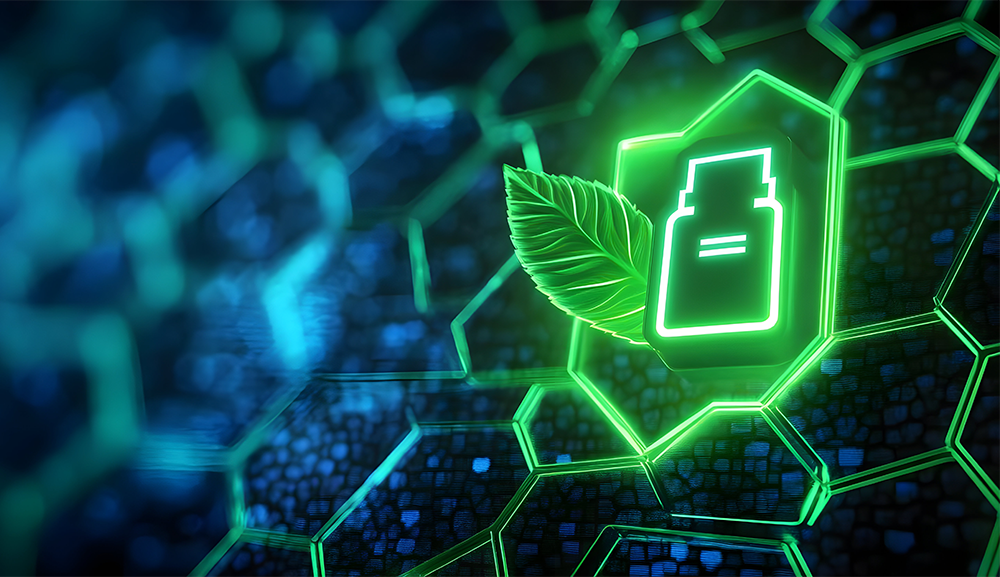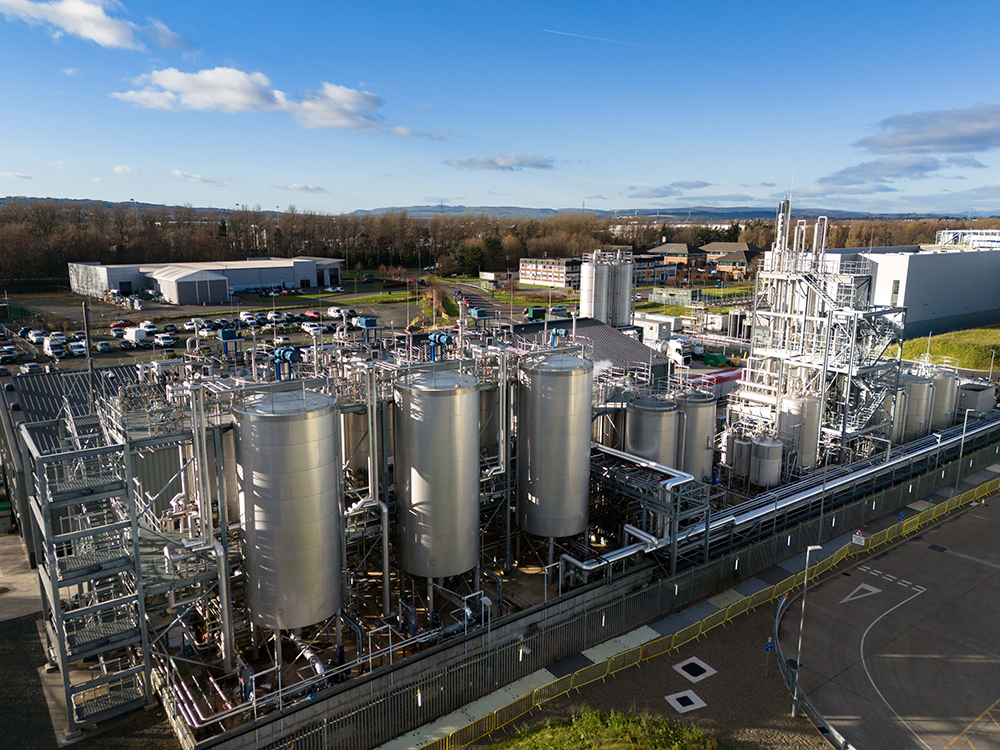The high cost of traditional catalysis has accelerated the drive to sustainable alternatives, says trainee patent attorney Iain McLauchlan, JA Kemp.
Catalysts are specialised compounds that offer certain chemical reactions faster, lower energy pathways towards their products. They achieve this amazing feat by (i) forming low-energy reactive intermediates with the reactants, (ii) breaking the reaction down into smaller and more achievable steps, and (iii) being regenerated at the end along with the products. Figuratively, catalysts are the motorways of the chemical world, allowing a faster journey to the destination, albeit at the cost of their initial construction.
Although catalysts have been present on Earth in the form of enzymes for billions of years, industrial catalysis only started being used halfway through the 18th century when the British industrialist, John Roebuck, decided to use lead-lined reaction chambers for the catalysed synthesis of sulfuric acid from steam, sulfur dioxide and nitrogen dioxide.
In the centuries since, the use of catalysis on an industrial scale has boomed, and the catalyst market has snowballed in size: valued today at around $40 billion and set to rise to around $60 billion by the mid-2030s. With around 90% of industrial chemical processes reliant on catalysts, the list of all catalysed processes is enormous, and includes exceptionally important processes such as cracking of crude oil (zeolite catalysed), scrubbing of flue gases and catalytic converters, to name just a few.
However, as the world becomes increasingly conscious of the new challenges we face in the 21st century, the limitations and drawbacks of traditional catalysis are becoming apparent. The vast majority of catalysts employed today in industry are sourced from non-renewable, difficult to recover and highly toxic metals, such as cobalt, nickel and molybdenum. With the rising costs of these elements and diminishing supplies, alternative approaches to traditional metal-catalysis are becoming increasingly popular. In many instances this demand for a ‘green’ alternative can be met through the use of enzymes and organocatalysis.
What is an organocatalyst?
At a very simple level, organocatalysts function much like the natural protein-based enzymes produced by our bodies. The main difference however lies in stripping away the protein backbone, leaving what is essentially a “naked” active site. This usually results in very simple organic molecules that are easy to manufacture, have exceptionally high catalytic activity and that often influence a high degree of asymmetry in their reaction products. Further, these compounds typically operate within sensible temperature ranges (at least by industrial standards!) which can, in the long run, lead to significant energy savings and production costs.
By way of example, the Hajos-Parrish-Eder-Sauer-Weichert (HPESW) reaction – a mouthful of a reaction discovered in the ‘70s and regarded at the time very much as a novelty – uses (S)-proline, an amino acid, to catalyse an asymmetric aldol reaction (the addition of two carbonyl compounds).
The true complexity, non-obviousness and challenges in developing reactions of this sort was confirmed with the award of the 2021 Nobel Prize in Chemistry to two leading figures in the field, Benjamin List and David MacMillan, for their work in developing asymmetric organocatalysis with proline and imines.
Where will it take us?
In the years since its initial recognition, organocatalysis has been the focal point for many researchers. Unsurprisingly, most chemical institutions now contribute at least partially to the field in some form or other.
Better yet, the results of this extensive research are now starting to reach industrial settings. For instance, there have been reports of an industrial scale iminium catalysis of telcagepant, at the time a lead drug investigated for the oral treatment of migraines. Although no longer under investigation, this landmark synthesis demonstrates the willingness of the industrial and pharmaceutical sectors to move away from the traditionally ‘harsher’ syntheses and to embrace a ‘greener’ and more sustainable future.
As ever, the dawn of a new technology has triggered the filing of a large number of patent applications, including those claiming their use for both pharmaceutical and polymer synthesis. The simplicity of the organic molecules has, in many ways, allowed chemists to be more creative in their design and approach than traditional metal-catalysis may allow. Ideas have ranged from the use of bizarre oxidation states of sulfur, iodine and phosphorus through to the synthesis of so called organic ‘superbases’, incredibly powerful nucleophiles that use their ‘frustrated’ high energy states to drive particularly challenging organic reactions.
The end result is a broad and diverse field with links to other rapidly developing technologies, such as flow chemistry, photochemistry and organoredox chemistry. This has doubled-down on the ‘greenness’ of many processes, improving typically challenging aspects of catalysis such as catalyst recovery, recycling and solvent dependency.
For instance, one particularly creative solution towards catalyst recovery is provided by US 20130096334 A1 and involves the coupling of organocatalytic molecules to magnetic ferrous nanoparticles. The use of higher-toxicity metals can be avoided and the catalyst separation can be aided by passing the reaction composition through a magnetic field.
Looking forward, the low-toxicity and low-cost of organocatalysis may eventually make the technology common place in our day-to-day lives. For instance, researchers in Canada have reported the development of a new organocatalytic battery additive that will slowly coat its electrodes in a protective film (CA 3019601), minimising side reactions with trace water and improving battery stability.
The beautiful simplicity of organocatalysis has not restricted the creativity of the chemists involved nor its implementation in widespread applications. As the world aims towards a greener and more sustainable future, we can expect to come across more and more of these clever compounds. The dawn of organocatalysis may have been at the turn of the century, but many are optimistic that a golden age is still to come.











